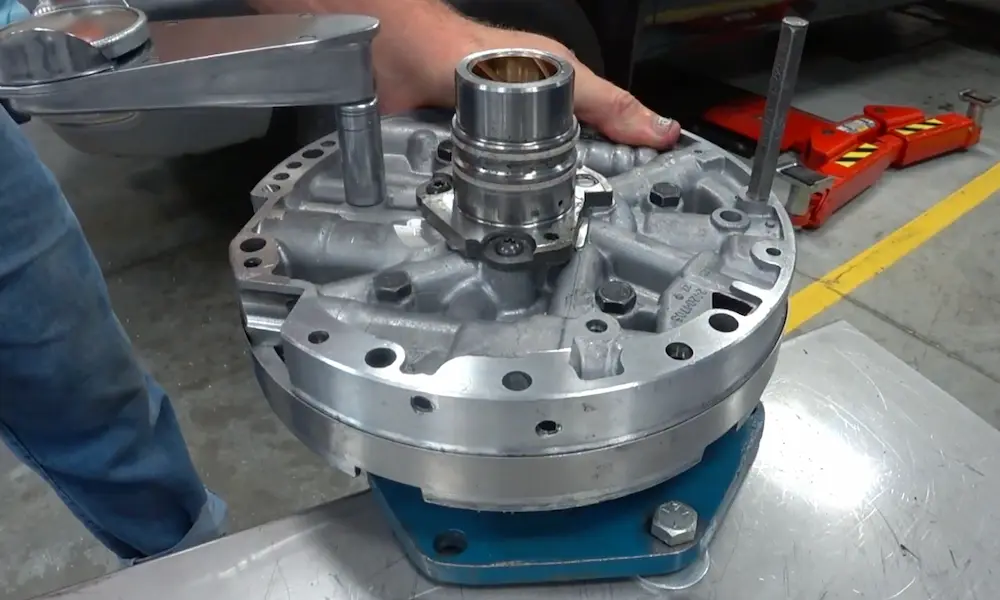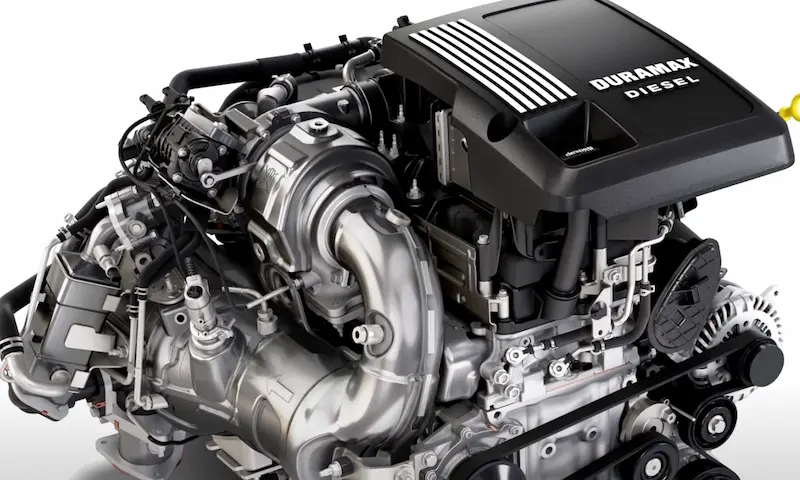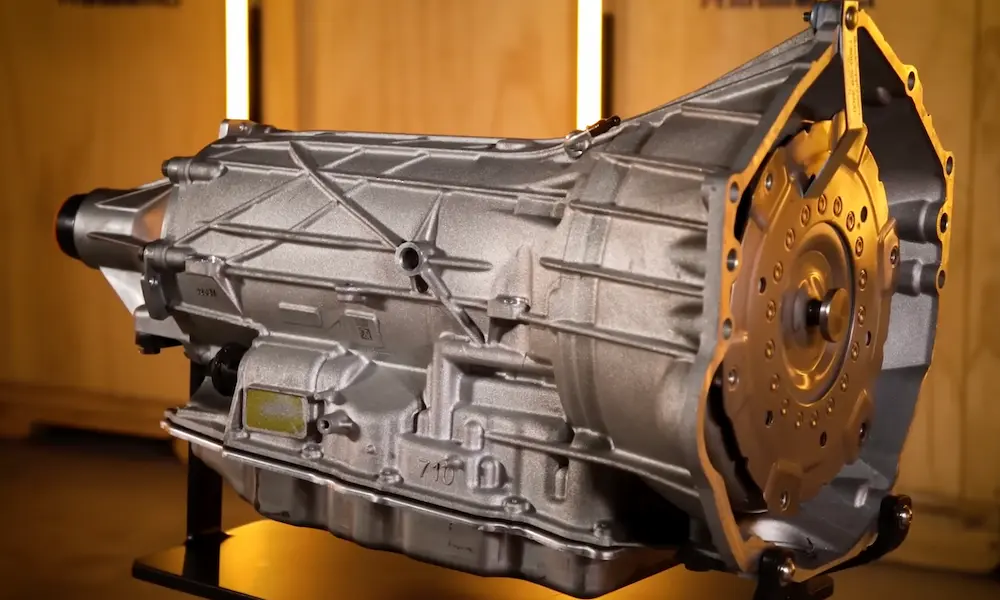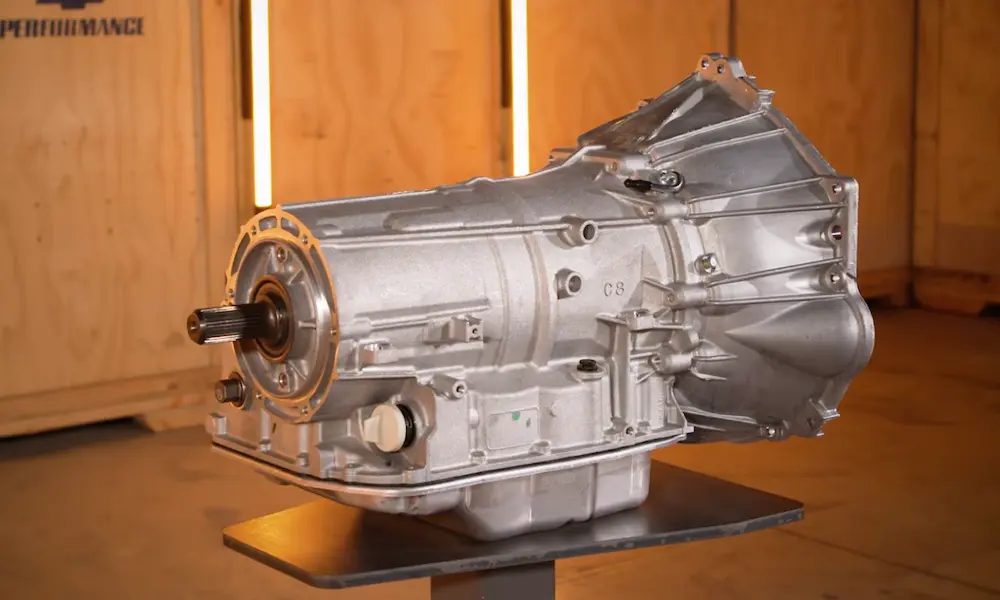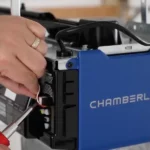You’ve invested in a Chevy with the legendary 6.0 Vortec engine. It’s a workhorse that’s supposed to last for years, but lately, something doesn’t feel right. That ticking noise or mysterious oil spot has you worried. While these engines can easily hit 300,000 miles, they’re not without their quirks and issues.
What Makes the 6.0 Vortec Special?
The Chevy 6.0 Vortec (also called the Vortec 6000) earned its reputation as one of GM’s most reliable V8 engines. From 1999 to 2019, these powerplants found homes in Silverados, Sierras, Suburbans, and other heavy-duty vehicles. They came in several variations:
- LQ4 – The most common in Gen III trucks (1999-2007)
- LQ9 – First-gen Vortec MAX with higher compression
- LY6 – Popular in Gen IV trucks (2007-2019)
- L76/L77/L96 – Later variations with various improvements
What made these engines special was their “overbuilt” design. They were engineered to handle serious work, which explains why so many are still on the road today despite their age. But even the sturdiest engines have their weaknesses.
1. Oil Consumption Issues: The Silent Killer
Nothing strikes fear in an engine owner quite like oil problems. The 6.0 Vortec has earned a reputation for drinking oil at an alarming rate, with many owners reporting a quart disappearing every 700-1500 miles.
Two key culprits are behind this thirst:
Active Fuel Management (AFM)
Later model years equipped with AFM (cylinder deactivation) suffer the most from oil consumption. This system was designed to improve fuel economy by shutting down four cylinders during light load conditions, but it created unintended consequences:
- Oil pressure fluctuations
- Accelerated valve seal wear
- Increased engine heat
Interestingly, most 2500/3500 HD trucks never received AFM, making them more reliable in this aspect. If you’re shopping for a used 6.0 Vortec, finding a non-AFM version could save you headaches.
PCV System Design Flaws
Around 2002-2003, GM replaced traditional PCV valves with a fixed orifice design. This seemingly minor change created major problems:
- Oil gets drawn through the PCV system into the intake
- The MAP sensor becomes oil-fouled
- Engine vacuum pulls oil past piston rings
The simplest fix? Installing an oil catch can system or upgrading to an aftermarket PCV valve that regulates flow more effectively.
2. Exhaust Manifold Failures: That Telltale Ticking
If your 6.0 Vortec is making a ticking noise that gets louder as the engine warms up, you’re likely facing a common enemy: broken exhaust manifold bolts.
The design problem lies in the different expansion rates between the iron manifold and aluminum heads. This creates stress that eventually breaks the bolts – usually on the driver’s side first. You’ll notice:
- A distinctive ticking or tapping noise
- Reduced power and performance
- Potential damage to nearby components from heat
The repair isn’t simple, as bolts often break flush with the manifold, requiring specialized extraction tools. Many owners report this happening as early as 50,000 miles, making it one of the most predictable issues with these engines.
3. Throttle Body Sensor Failures
When your truck suddenly hesitates during acceleration or idles roughly, the throttle position sensor (TPS) might be the culprit. This component monitors throttle opening and tells the Engine Control Unit (ECU) how much air to allow into the engine.
Symptoms of TPS failure include:
- Erratic idle
- Hesitation during acceleration
- Poor throttle response
- Check engine light illumination
The good news? Sometimes the throttle body just needs cleaning. Carbon buildup can interfere with sensor readings, mimicking a failure. Before replacing the entire assembly, try a thorough cleaning with throttle body cleaner.
4. Knock Sensor Problems
Hidden beneath the intake manifold, the knock sensors play a critical role in preventing engine damage by detecting abnormal combustion sounds. Unfortunately, they’re prone to failure in the 6.0 Vortec.
The most common symptoms are:
- Check engine light with codes P0327 or P0332
- Engine running in “safe mode” with reduced power
- Decreased fuel economy
The root cause is often water intrusion due to poor sealant around the sensors. Since they’re located under the intake manifold, replacement is labor-intensive. Many shops charge 4-5 hours of labor for this seemingly simple part.
5. Water Pump Failures
Cooling system integrity is critical for any engine, but the 6.0 Vortec seems particularly prone to water pump failures before the 100,000-mile mark. The first sign is usually a coolant leak from the front of the engine, followed by:
- Squealing or grinding noises
- Engine overheating
- Sweet smell from the coolant
- Steam from under the hood
Modern coolant formulations can actually contribute to premature pump failure. The water pump’s plastic impeller and composite materials can degrade when exposed to certain coolants. When replacing the pump, consider upgrading to an all-metal version for better longevity.
6. Oil Leak Locations
Beyond consumption issues, the 6.0 Vortec is notorious for developing leaks at several key points:
Valve Cover Gaskets
These rubber gaskets harden over time and lose their sealing ability. Oil seeping down the sides of the engine block is the typical symptom.
Oil Cooler Lines
The metal lines that carry oil to and from the cooler can corrode or develop leaks at their connection points. Look for oil drips at the front of the engine.
Rear Main Seal
Perhaps the most dreaded leak, the rear main seal requires transmission removal to fix. It presents as oil dripping from the back of the engine onto your driveway.
Oil Pan Gasket
Road debris can damage the oil pan and compromise the gasket, leading to slow leaks that create a mess on your driveway.
While these leaks aren’t unique to the 6.0 Vortec, they occur with enough frequency to merit mention. Regular inspections can catch these issues before they lead to significant oil loss.
7. AFM System Failures
Active Fuel Management (AFM) deserves a second mention because beyond oil consumption, it can create more serious problems:
- Lifter failures
- Cam lobe wear
- Valvetrain noise
- Cylinder scoring
Many owners opt to disable the system entirely using aftermarket tuning solutions rather than deal with these ongoing issues. The fuel economy benefits of AFM rarely outweigh the reliability concerns for heavy-duty applications.
8. Fuel Pressure Regulator Issues
When your 6.0 Vortec runs rough, stalls, or has trouble starting, the fuel pressure regulator might be failing. This relatively inexpensive part controls the amount of fuel delivered to the injectors.
Signs of failure include:
- Hard starting
- Rough idle
- Black smoke from the exhaust
- Poor acceleration
- Fuel odor from the oil dipstick (indicating fuel leaking into the oil)
The regulator is typically located on the fuel rail and is moderately easy to replace. If you notice fuel in your oil during a dipstick check, address this immediately as it can lead to bearing damage and catastrophic engine failure.
How Reliable Is the 6.0 Vortec Overall?
Despite these common problems, the 6.0 Vortec remains one of GM’s most durable engines. With proper maintenance, many exceed 300,000 miles – impressive for any engine. Their simple design and robust construction give them excellent longevity compared to more complex modern engines.
Here’s a quick comparison of different 6.0 Vortec applications:
| Application | Common Issues | Expected Longevity | Reliability Rating |
|---|---|---|---|
| 2500/3500 HD Trucks | Exhaust manifolds, oil leaks | 300,000+ miles | Excellent |
| 1500 Trucks with AFM | Oil consumption, lifter failure | 200,000+ miles | Good |
| SUVs (Suburban, etc.) | Oil consumption, fuel system | 250,000+ miles | Very Good |
The key takeaway: Non-AFM engines in heavy-duty applications tend to be the most reliable variants.
Preserving Your 6.0 Vortec’s Longevity
To avoid the worst of these problems and extend your engine’s life:
- Use high-quality oils and change them every 5,000 miles
- Consider installing an oil catch can if your model has PCV issues
- Listen for exhaust manifold ticking and address it early
- Keep an eye on coolant level and condition
- For AFM engines, consider a delete kit if warranty isn’t a concern
- Use a quality fuel system cleaner every 10,000 miles
The 6.0 Vortec might have its quirks, but with proper attention to these common issues, it can provide hundreds of thousands of miles of reliable service. Its overbuilt nature means that even when problems arise, they’re typically repairable without catastrophic engine damage.
Many owners agree that despite these known issues, the 6.0 Vortec’s durability and straightforward design make it one of the best truck engines GM has ever produced. Just be prepared to address oil consumption and exhaust manifold problems, which seem almost inevitable with age and mileage.





